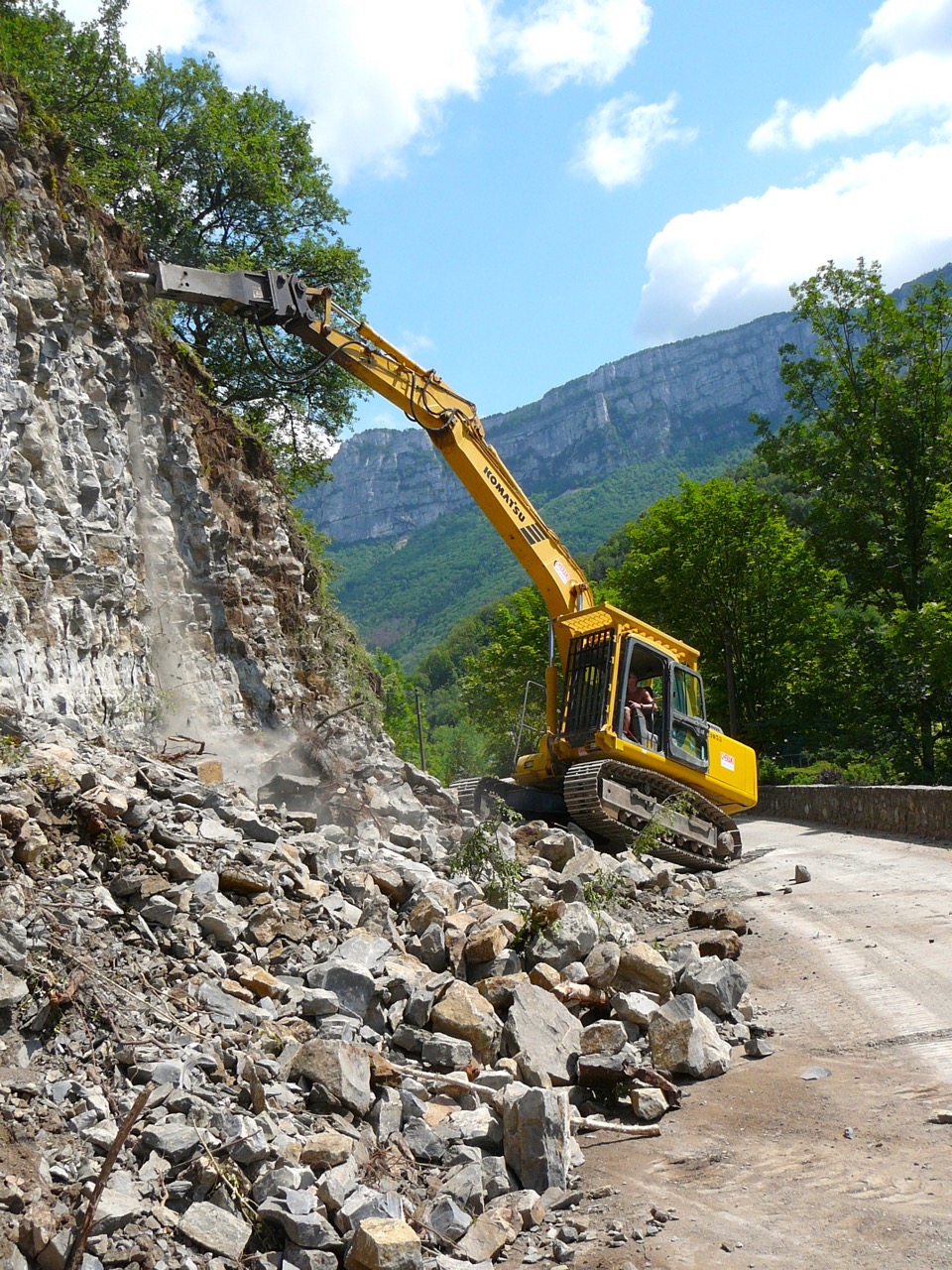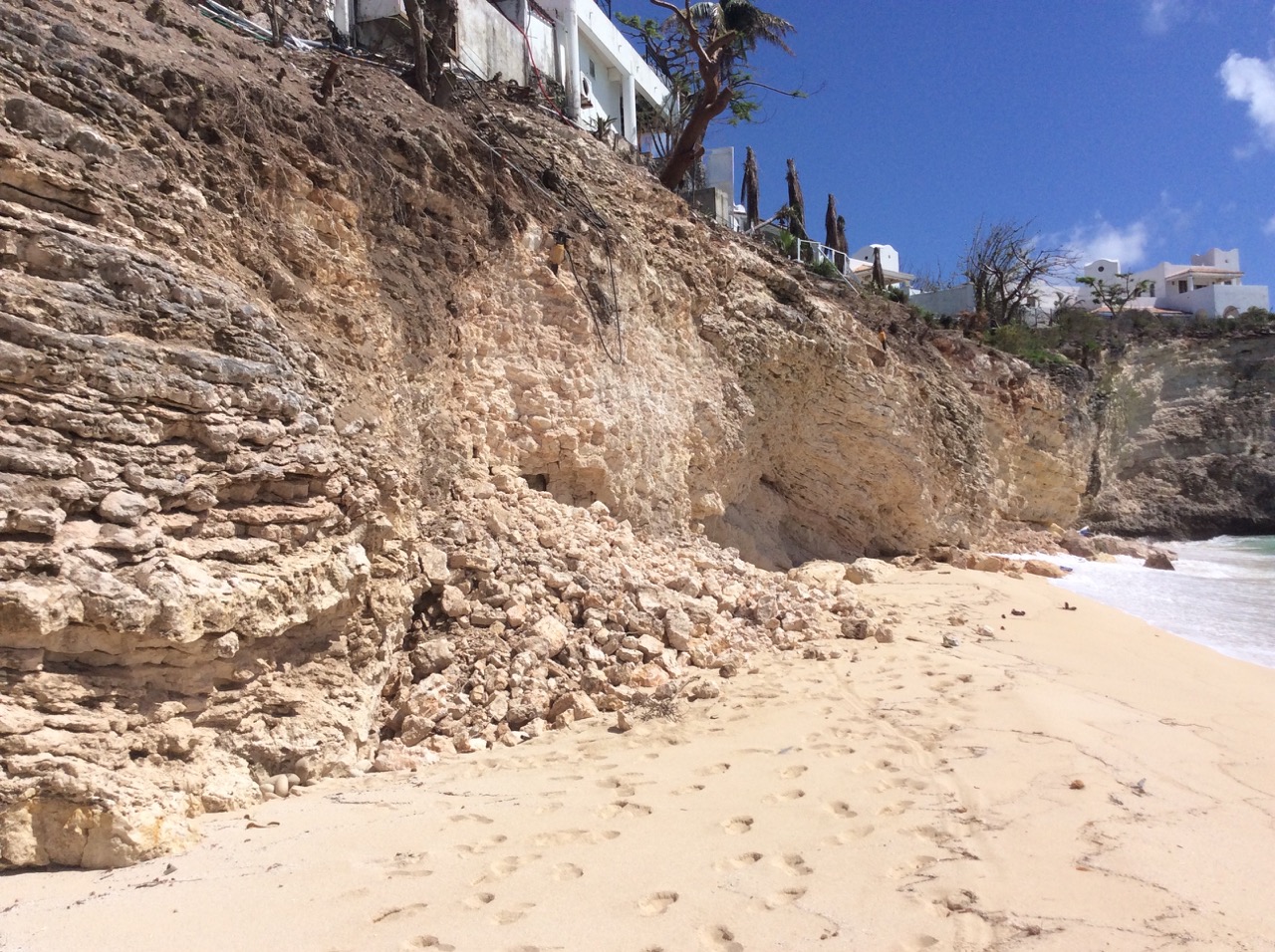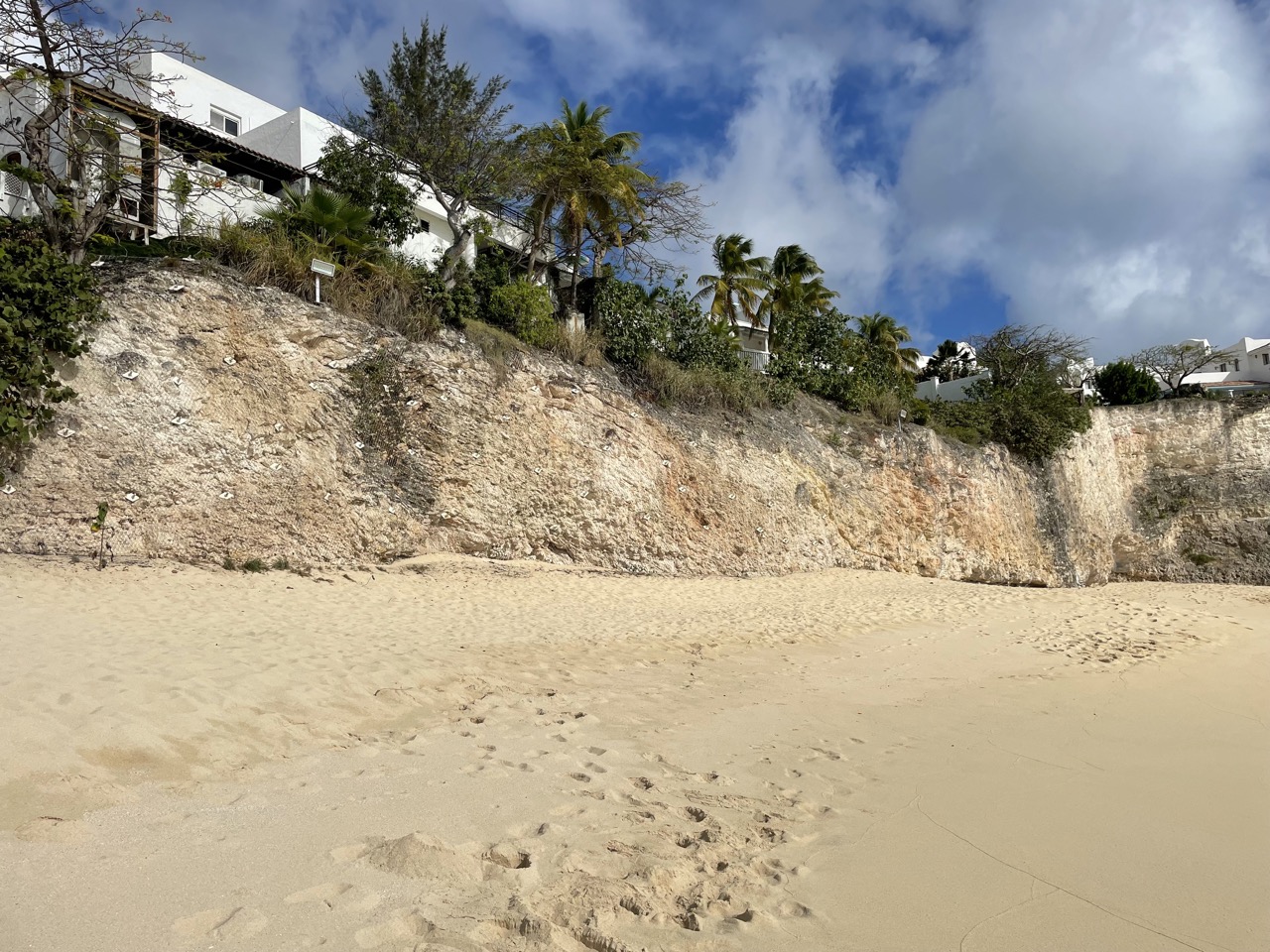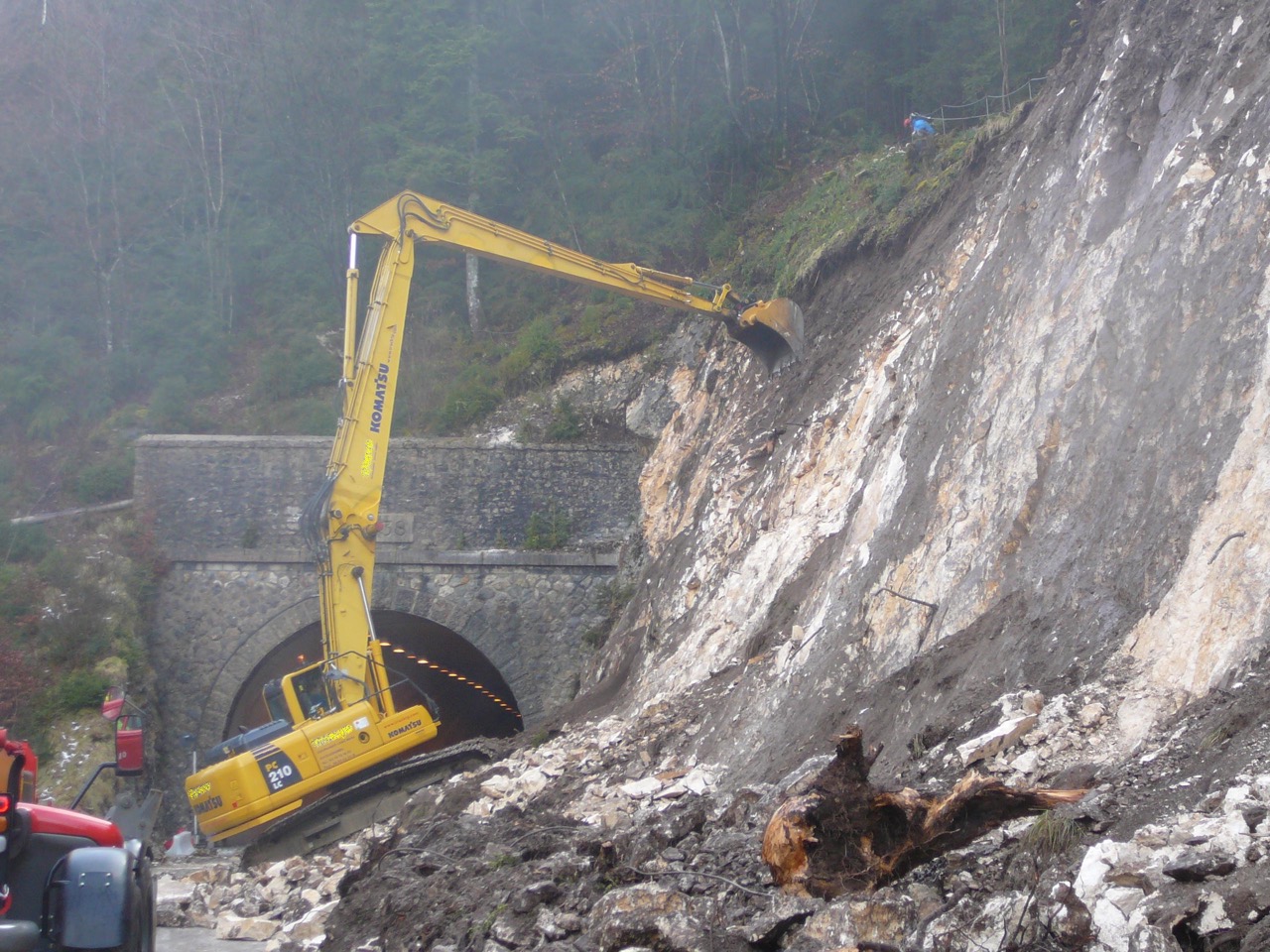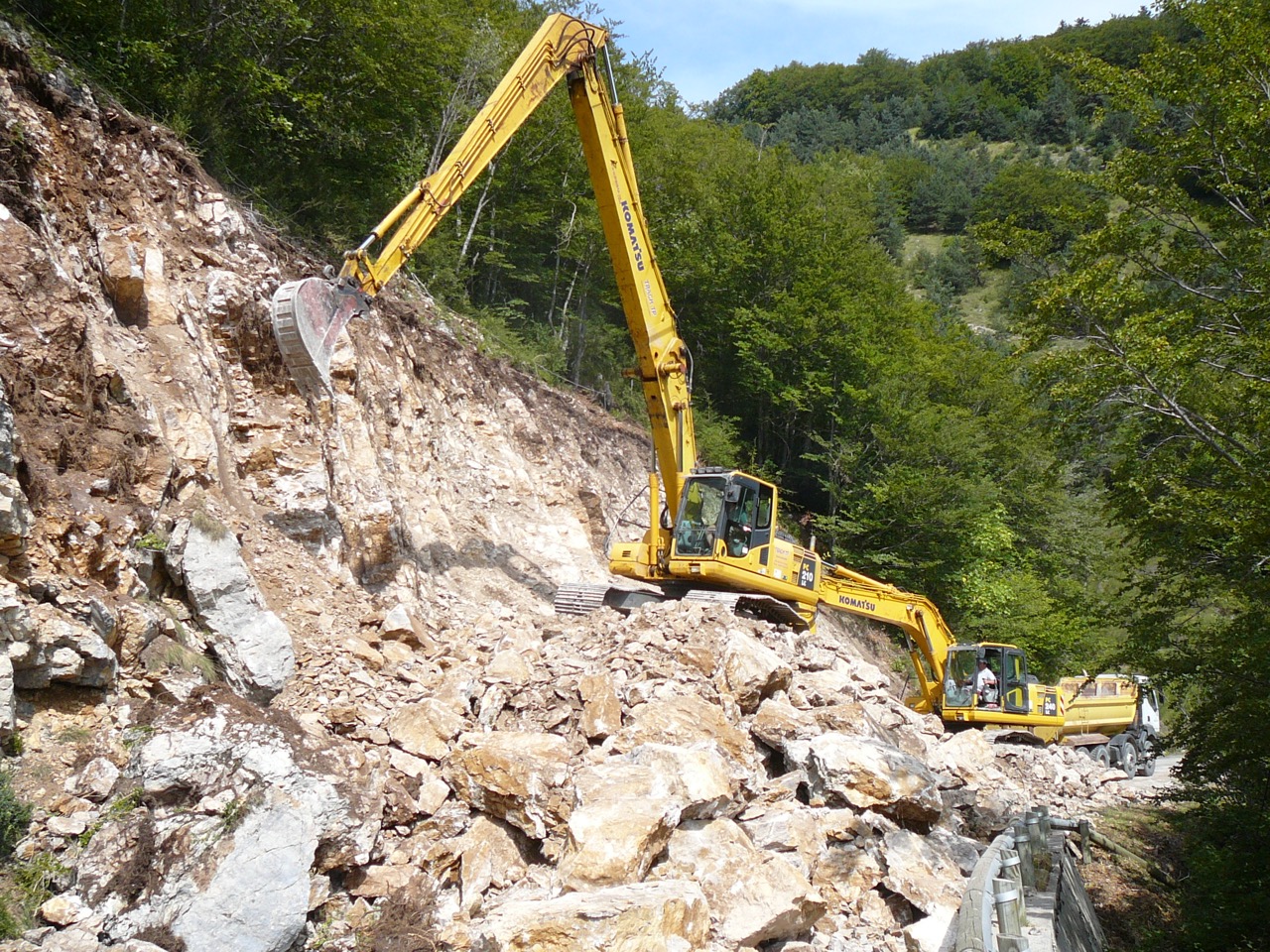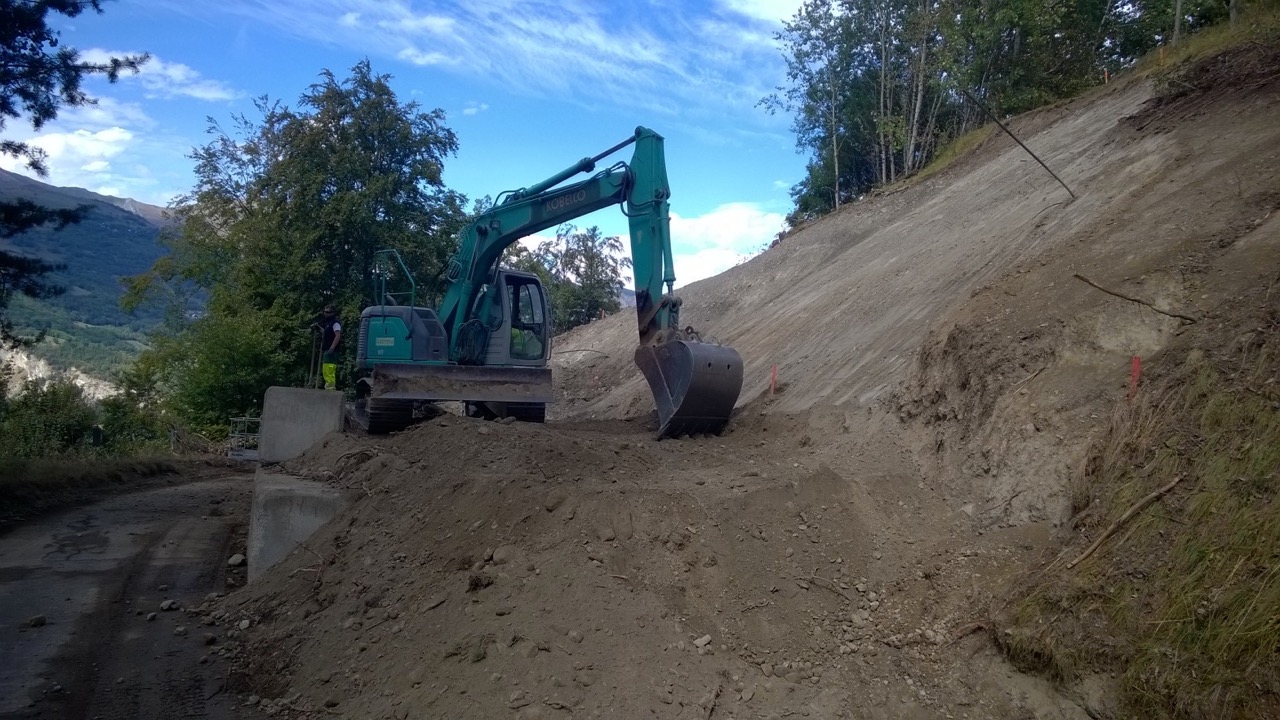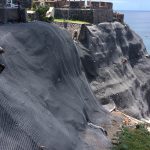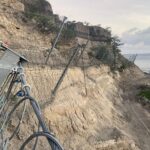
Rockfall purging: ensuring safety by controlled removal
What is Rockfall Purging?
Rockfall purging involves the deliberate and controlled removal of unstable rock elements to provoke their rupture in a safe and managed manner. This critical safety operation is a necessary prerequisite for all cliffside works and, in some cases, the only required intervention to mitigate an evident risk.
Purging Techniques: Manual and Mechanized
Manual Rockfall Purging
- Carried out by rope access technicians who access unstable areas using work ropes.
- Specific tools, such as purging rods (referred to as “purging poles” in industry jargon), are used to dislodge unstable rocks.
- Ideal for removing small to medium-sized blocks.
Mechanized Rockfall Purging
For larger rock masses, human force alone may not suffice, requiring the use of mechanized tools, such as:
- Pneumatic Cushions: Gradually expand to dislodge rock masses.
- Hydraulic Spreaders: Apply force to separate blocks.
- Boulder Splitters: Non-explosive fragmentation techniques for precise disassembly.
- Non-Explosive Blasting: Controlled rock breaking without the use of explosives.
Risks of Purging and Protection of Downstream Areas
Rockfall purging poses significant risks to infrastructure, property, and users located downstream. Falling blocks of varying sizes can descend in free fall, potentially causing:
- Structural damage to nearby infrastructure.
- Safety hazards for people and property.
Downstream Protection
The appropriate level of protection must be carefully determined based on:
- The size and block fragmentation of the materials to be purged.
- The stakes and risks downstream (infrastructure, population, or traffic).
Controlled Use of Explosives for Optimal Results
In complex situations, the precise use of explosives offers a controlled and effective solution by:
- Managing the desired block fragmentation to meet site-specific constraints.
- Reducing the risk of uncontrolled material propagation.
- Adapting the fragmentation size based on fall height and surrounding conditions.
This approach delivers an accurate and secure alternative for challenging scenarios that require a high degree of precision.
Why Trust Acrobat X?
With recognized expertise in rockfall purging and safety operations, Acrobat X delivers tailored solutions adapted to the specific challenges of each site. Our approach ensures:
- Comprehensive Risk Analysis: Rigorous assessment to determine the optimal technical solution.
- Mastery of Tools: Proficient use of manual and mechanized tools for precise and safe purging.
- Downstream Protection: Solutions designed to limit risks and safeguard identified areas.
Contact Us Today
Ensure the safety of your cliffs and unstable slopes with our customized solutions and expert intervention.
Contact Acrobat X for an in-depth assessment and tailored recommendations to secure your site effectively.

